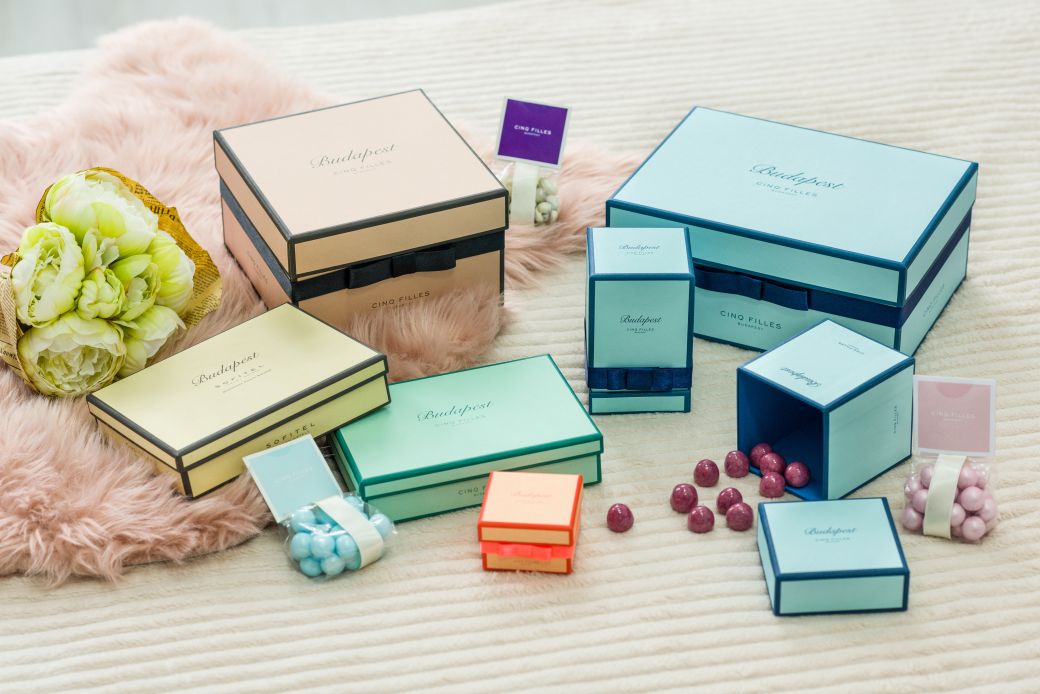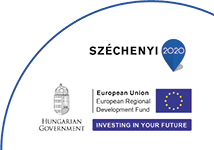Our solutions
Design
For industrial arts design, we use CAD-based design software applications that facilitate the creation of 3D artist impressions. Industrial arts design starts out with the assessment of customer demands. It forms the basis of the determination of manufacturing capabilities. For unique products to be implemented, the drawing of the dieline is a necessity in order to make the 2D laid-out drawing of the packaging in question. To make it easier to visualise the packaging, however, models are produced even in several different versions. After plan approval and ordering, the drawing of the dieline is also sent to our customer. It is followed by the commencement of the production of the diecutting tool. Once the graphic files have been accepted, both pre-press operations and manufacturing can begin.
Industrial arts designs that are out of the ordinary can be made from paper base materials of numerous quality properties. Beside paper base materials, many other other indirect materials are applied such as rivets, eyelets, rubber pieces, straps, magnets, films, etc. Owing to our professional routine and experience, we handle all these base materials and items with confidence.
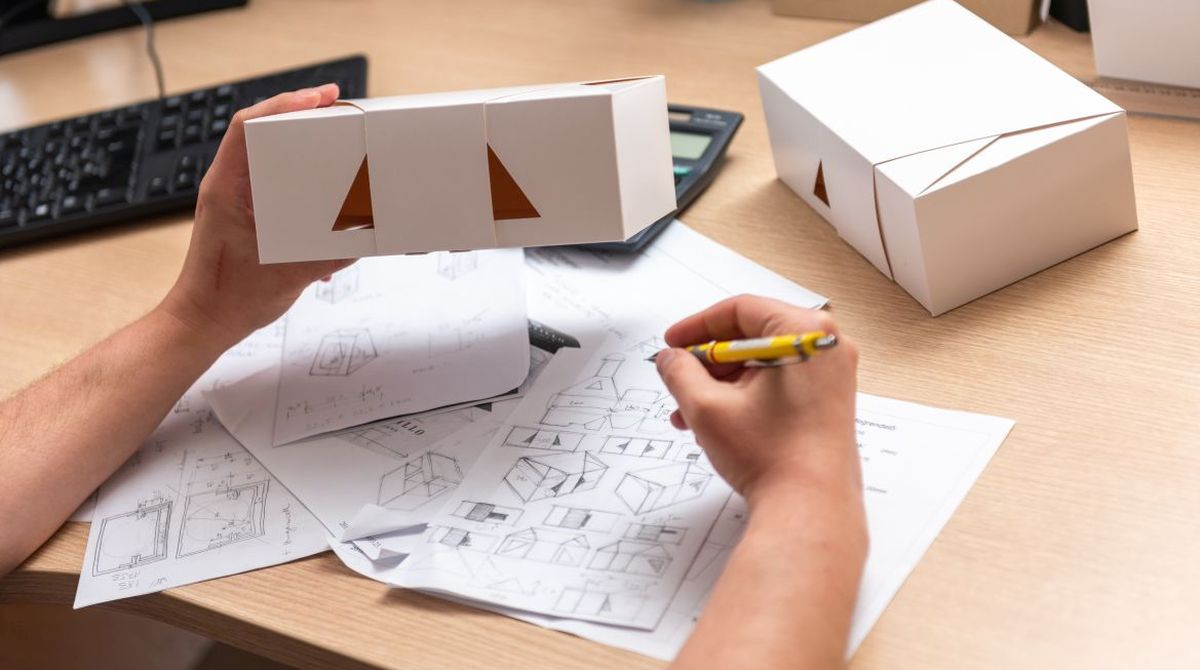
Graphical preparation
The graphic designs provided by the customer are placed on the drawing of the dieline in order to verify that all small details have found their correct places. Then, a final check is performed, and the material is returned to the customer for approval. Production is commenced only on the final nod in order to avoid the manufacturing of useless rejects.
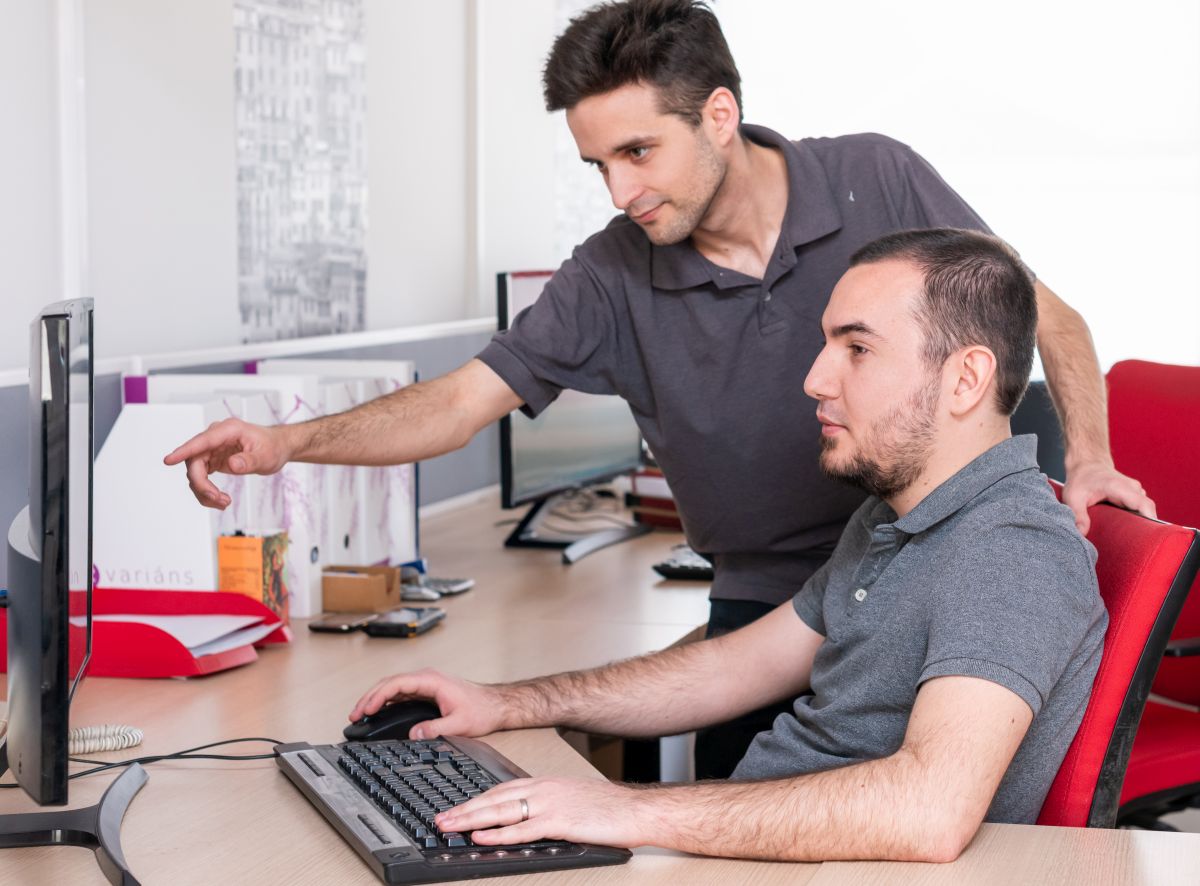
Printing
We work with machinery representing state-of-the-art technology. Our offset printing equipment is capable of printing 5+0 colours, and our Heidelberg printing press makes several types of varnish-based surface treatments available. UV varnishing can be applied to generate special appearance in the course of printing, while dispersion varnish is to give a maximum degree of protection to prints, make them scratchproof.
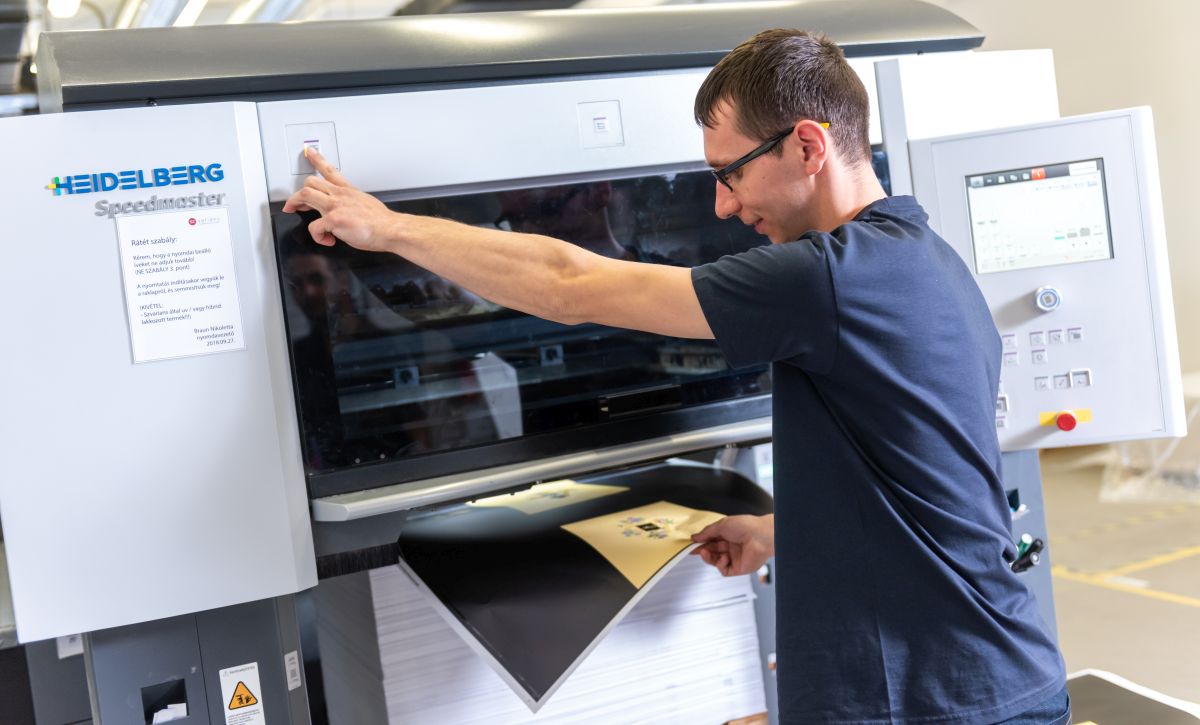
Surface finishing
Besides printing, additional distinct elements can be added to packaging surfaces in an effort to try to distinguish the products from those of competitors. These procedures are denoted under the collective name of surface finishing.
- Surface laminating
The application of glossy films results in shiny surfaces that withstand scratching, folding and wear impacts. It intensifies the lively colours of the print. Matte or non-glossy films form elegant-looking, satin-like surfaces that are pleasant to touch.
- 3D varnish
Certain elements of the graphic design can be highlighted with the use of UV 3D varnishing. In this case, glossy, transparent varnish is applied to the given graphic motif. The graphic element remains visible under the varnish. The application of the varnish can give rise to both mat and glossy parts on the surface.
- Hot foil stamping
It creates a shiny, non-reflective surface. The most common colours are silver and gold, though it can be applied in other colours, too. It is a remarkably elegant solution, and yields outstanding end-results even with small logos or motifs.
- Embossing
Motifs raised out from or depressed into the surface form really elegant solutions. It can be clearly seen and perceivably touched. When selecting paper base material for any packaging exploiting this method, it is preferable to choose cardboard of good quality in order to achieve truly beautiful outcomes.
Customisation / Assembly
It encompasses the gluing and folding works of packaging items, boxes with cold, hot and two-sided gluing methods equally used. With reliance on our modern machines, folding, gluing and riveting operations, as well as the application of one-way vision films or inserts are performed in our automated or semi-automated equipment. Nevertheless, it is not uncommon at all that the complexity of the packaging calls for the deployment of careful manual work for very little, fine activities.
Our special solutions
Sheet laminating machine
Our automated sheet laminating machine is suitable for making rigid-walled, coated boxes. The basic structures are invariably from book-binding greyboards, whereas the coating material can be made from various base materials, such as art paper, uncoated or creative paper.
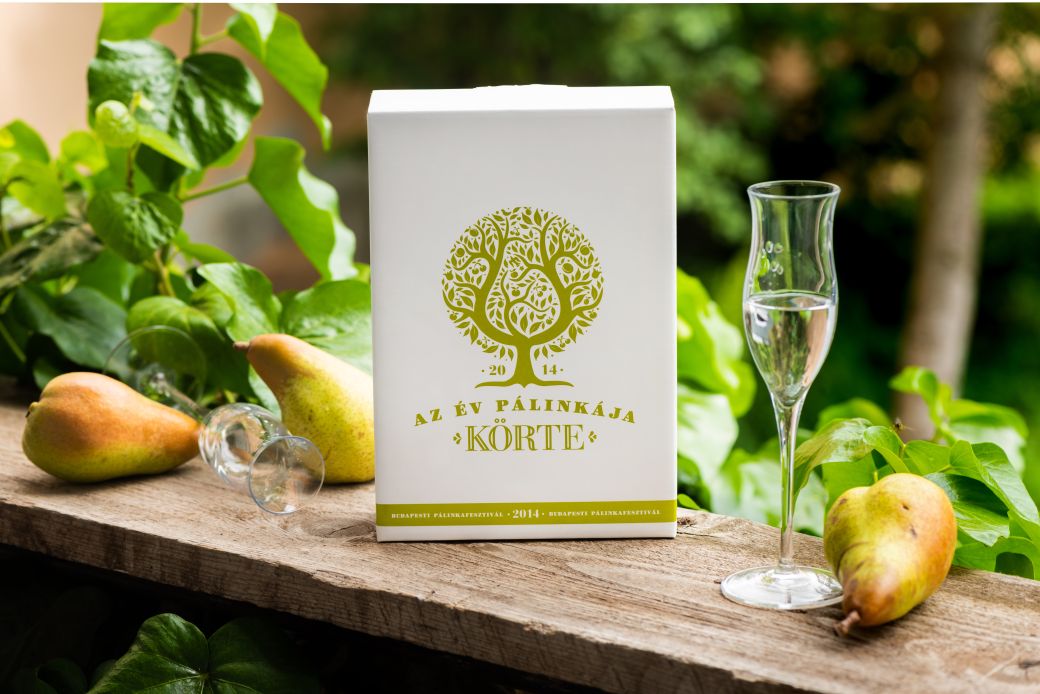
Rigid box manufacturing
Our automated rigid box machine is suitable for making rigid-walled, covered boxes. The basic structures are invariably from book-binding greyboards, whereas the coating material can be made from various base materials, such as art paper, uncoated or creative paper.
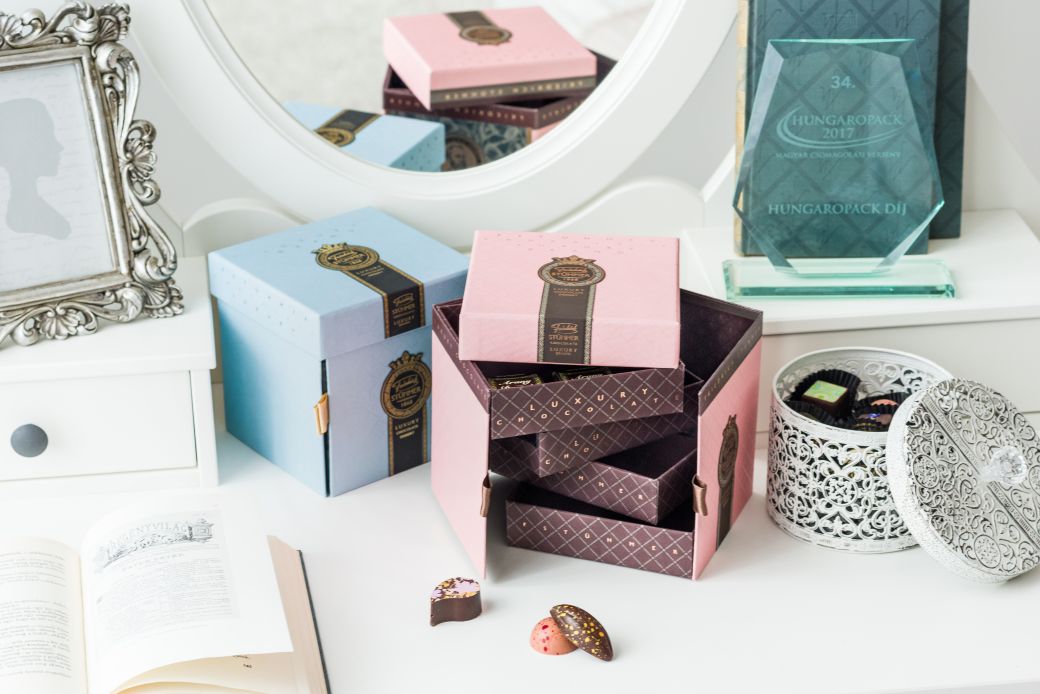
Premium packaging demanding special manual work
For products of high added values, boxes are made with considerable volumes of manual work involved. They feature special folding effects, the manufacturing of boxes to be assembled in the dedicated spaces with the addition of other accessories, such as ribbons, snap fasteners, sponges or paper inserts.
